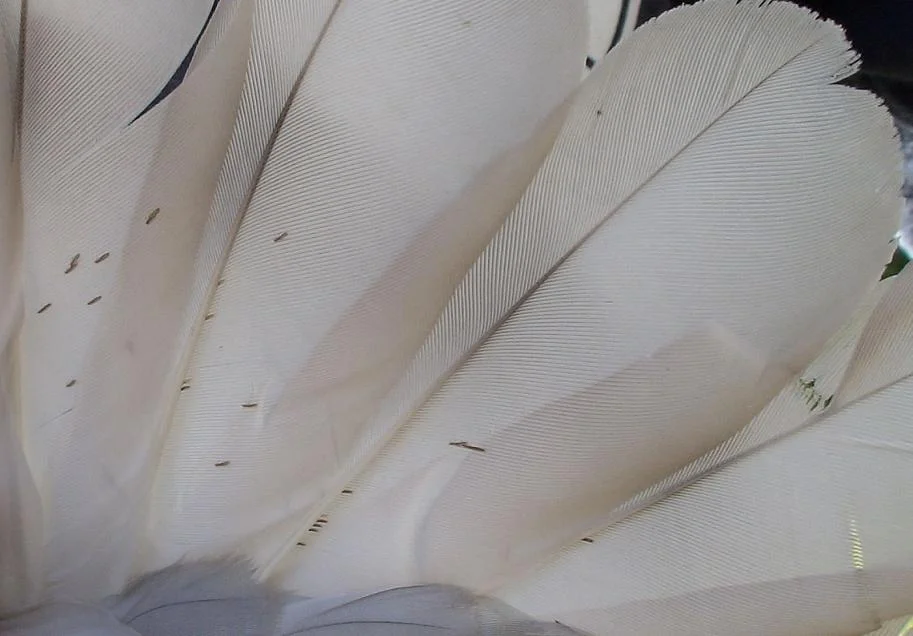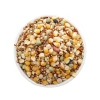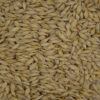
Mites in Nestlings: A Breeding Risk
In the world of pigeon breeding, ensuring the health of nestlings is paramount. However, one often-overlooked threat is mite infestation. These tiny parasites can transfer from adult pigeons to their chicks, leading to anemia, stunted growth, and increased mortality rates. Understanding the risks and implementing effective prevention and treatment strategies is essential for any breeder aiming for a successful breeding season.
The Threat of Mites to Nestlings
Mites, such as the red mite (Dermanyssus gallinae), are common ectoparasites that feed on the blood of birds. While adult pigeons may tolerate low levels of infestation, nestlings are particularly vulnerable. These young birds have limited blood volume, and heavy mite infestations can lead to significant blood loss, causing anemia. Anemic nestlings often exhibit pale skin and mucous membranes, lethargy, and reduced growth rates. In severe cases, the infestation can be fatal .
How Mites Transfer to Nestlings
Mites typically reside in the nesting materials and crevices of the loft, emerging at night to feed on birds. During the breeding season, adult pigeons can carry mites into the nest, inadvertently exposing their chicks. The warm, humid environment of the nest provides an ideal breeding ground for mites, allowing their populations to explode rapidly. As mite numbers increase, so does the risk to the vulnerable nestlings.
Recognizing the Signs of Mite Infestation
Early detection of mite infestations is crucial. Breeders should regularly inspect both adult pigeons and nestlings for signs of mites. Indicators include:
-
Behavioral Changes: Restlessness, excessive preening, and scratching.
-
Physical Symptoms: Pale skin or mucous membranes in nestlings, indicating anemia.
-
Visible Mites: Tiny red or black specks in nesting materials or on the birds themselves.
-
Feather Damage: Broken or missing feathers, especially around the vent and under the wings.
Preventive Measures
1. Treat Breeding Pairs Before Egg Laying
Before the breeding season begins, it’s essential to treat adult pigeons for mites. Using safe and effective treatments, such as Permethrin-based sprays or Moxidectin, can significantly reduce the mite load on adult birds . Treating birds before pairing ensures that they do not introduce mites into the nesting environment.
2. Regular Nest Cleaning
Maintaining a clean nesting environment is vital. Nests should be cleaned and disinfected weekly to remove any mites or eggs present. Using nest-safe mite control sprays can help eliminate mites without harming the birds. Products like Scalex Mite & Lice Spray are formulated to be safe for use in nests and on birds .
3. Use of Nest-Safe Mite Control Sprays
Applying mite control sprays directly to nesting materials can prevent infestations. Ensure that the products used are safe for nestlings and do not contain harmful chemicals. Regular application, especially during the breeding season, can keep mite populations under control.
Treatment Strategies
If a mite infestation is detected, immediate action is necessary to protect the nestlings.
1. Isolate and Treat Affected Birds
Remove infested birds from the general population to prevent the spread of mites. Treat them with appropriate anti-mite medications, following the manufacturer’s instructions.
2. Deep Clean the Loft
Thoroughly clean and disinfect the loft, paying special attention to nesting areas, perches, and crevices where mites may hide. Using products like Permethrin sprays can help eliminate mites from the environment .
3. Monitor and Repeat Treatments
Mite life cycles can be rapid, so it’s essential to monitor the birds and environment regularly. Repeat treatments as necessary to ensure complete eradication of the infestation.
Supporting Nestling Health
Beyond mite control, supporting the overall health of nestlings can improve their resilience.
1. Nutrition
Provide a balanced diet rich in essential nutrients to support growth and immune function. Supplementing with vitamins and minerals can help nestlings recover from the effects of anemia and stress caused by mite infestations.
2. Stress Reduction
Minimize stressors in the environment, such as loud noises or frequent disturbances, to support the immune system of both adult pigeons and nestlings.
Conclusion
Mite infestations pose a significant risk to pigeon nestlings, leading to anemia, slowed growth, and increased mortality. By implementing preventive measures, such as treating breeding pairs before egg laying, maintaining clean nests, and using nest-safe mite control sprays, breeders can protect their young birds. Early detection and prompt treatment are crucial in managing infestations and ensuring the health and success of the breeding season.


